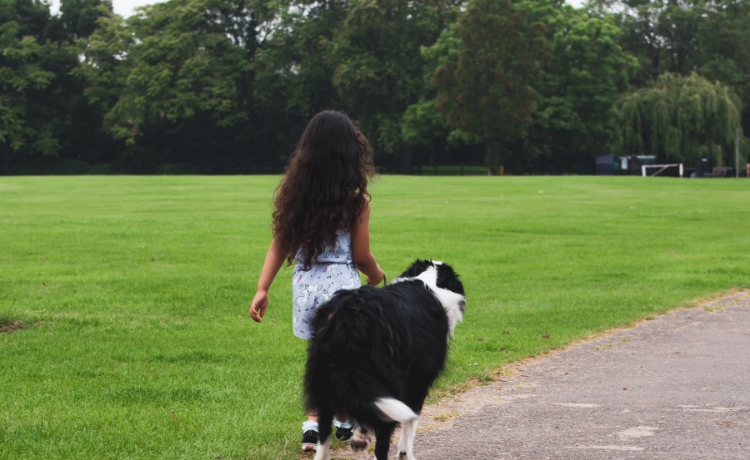The history of modern search and rescue dogs starts a lot later than one would think. World War II brought about a need for search and rescue dogs to find people under destroyed homes. It’s likely that the first kind of search and rescue (SAR) dog was the St. Bernard.
In 980, Bernard of Menthon built a monastery and inn at St. Bernard’s Pass between Italy and Switzerland. Travelers got lost in the wilderness or in an avalanche and the monks had to search for them. It wasn’t until the 17th century that the St. Bernard dog was brought in as protection, but they soon accompanied the monks on these rescue missions as guides in bad weather and are believed to have aided in the rescue of many travelers.
Modern SAR dogs started sometime during World War I to find injured people on a battlefield. World War II required SAR dogs to locate people under ruined homes and new training developed in the 1950s. Today, the SAR dog career includes many subcategories:
Airscent-these dogs ignore ground scents and use just the general scent of humans to find them.
Trailing/tracking- these dogs follow scents specific to a particular human and follow the scent left behind as someone walks through an area.
Cadaver/human remains detection- Cadaver dogs are trained to detect the specific smells a human cadaver creates after death and find its remains.
Disaster- Trained in a type of airscent work, these pups nose their way through rubble, debris, and natural disaster aftermath to rescue or recover a person.
Avalanche- They are trained to detect human scent coming from the snow and dig until they find the victim.
Water dogs- They detect scent coming up from a body of water. Some cadaver dogs are also trained in this to find drowning victims.
For more SAR dog information,HowStuffWorks has a great, in-depth article on how SAR dogs work.
Photo by Jozef Fehér from Pexels
Written by: Lynn Moynahan





